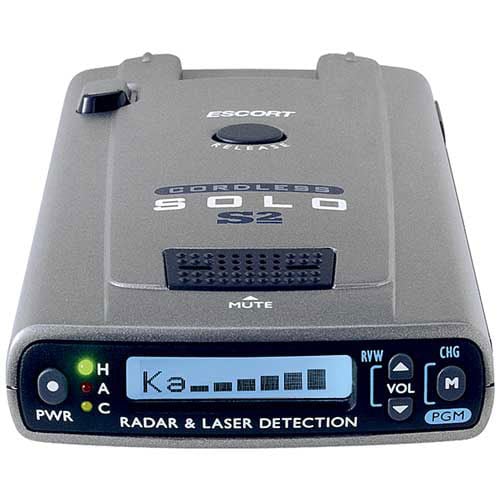

If they are waiting on the shoulders they can't catch up with me. My 1st post covers some of it if you speed you better speed fast. The 1st law of avoiding tickets it that you have to aware that you are speeding. CA has some anti-speed laws so I don't see much of that. Yes, just get a simple one to detect all the bands two miles away if cops still sit and wait in their car with the radar on. It's a mature technology and there's not much to talk about. I tend to neglect radar because I'm not afraid of it. The more I know about the area and your driving habits, the better I can feel about what I'd recommend to you. If you're only a PSL+5 driver, then such a detector may be a good fit for you, but if you're a PSL+30 driver, then I'd recommend a different detector entirely.įor the other questions, I'd actually recommend going here, and copying the 10 questions from the first post, and paste them back here with your answers added in. How would you describe your driving habits? Are you a Posted Speed Limit (PSL) +5 mph driver, a +10, a +30? This is relevant because some detectors may be great at reminding you about known speed camera locations, but not necessarily be the most sensitive for actively transmitting RADAR. Knowing where you drive, helps one know what you're up against, and thus what counter measures would be necessary to detect and defend against such threats. Some use very specialized technology such as Gatso RT3 and RT4 MRCD and MRCT, RedFlex, or PoliScan. Why do I ask this? Different states and cities use different enforcement technology. Only 33.4 Ghz to 36.00 Ghz is allowed to be used for Speed Enforcement a total of 2.6 Ghz of bandwidth.įurther reading on the Uniden R1/R3/R7 scan cycle times can be found here: *Not all of Ka Band's entire spectrum (as recognize by the FCC) is actually used for speed enforcement in The United States. Thus in theory, with Ka Filter turned off, and in Ka Mode: Wide, they could catch even a half-second I/O transmission at the fringes of their SNR capabilities. That means they sweep the full* Ka Band 3 times a second. Even on their slowest setting where they scan the entire Ka band (with no segmentation), they complete a scan cycle approximately once every 300 milliseconds. With Ka Filter turned off, and Ka Sensitivity at full, will respond very quickly to I/O. The R7 improves upon the Uniden R1 and R3 with an enhanced condenser lense, giving it an extra 3dB sensitivity improvement over the R1 & R3.Īll three, the Uniden R1/R3/R7 are very responsive detectors. The most sensitive for Ka Band at the moment is the Uniden R7. While you can't defeat I/O, you can mitigate the risk as much as possible by having (1) the most sensitive detector and (2) the most responsive / fastest scanning detector. This makes using a radar detector more difficult, as you can't detect what isn't transmitting. However speed enforcement has increasingly adopted the tactic of using I/O or Instant On, Instant Off. I don't agree that "they're not effective".


 0 kommentar(er)
0 kommentar(er)
